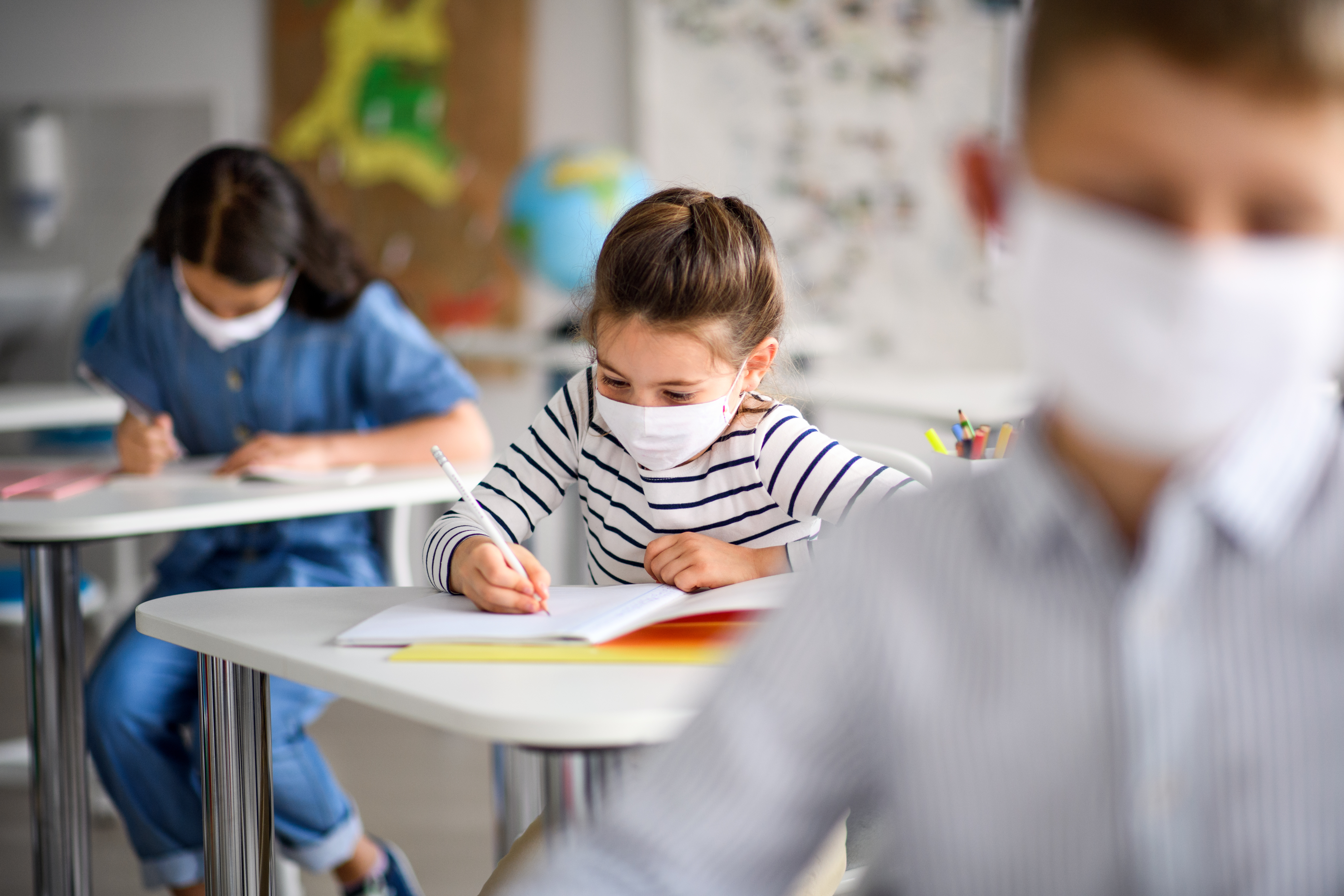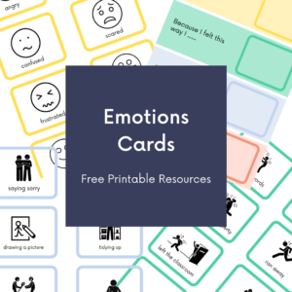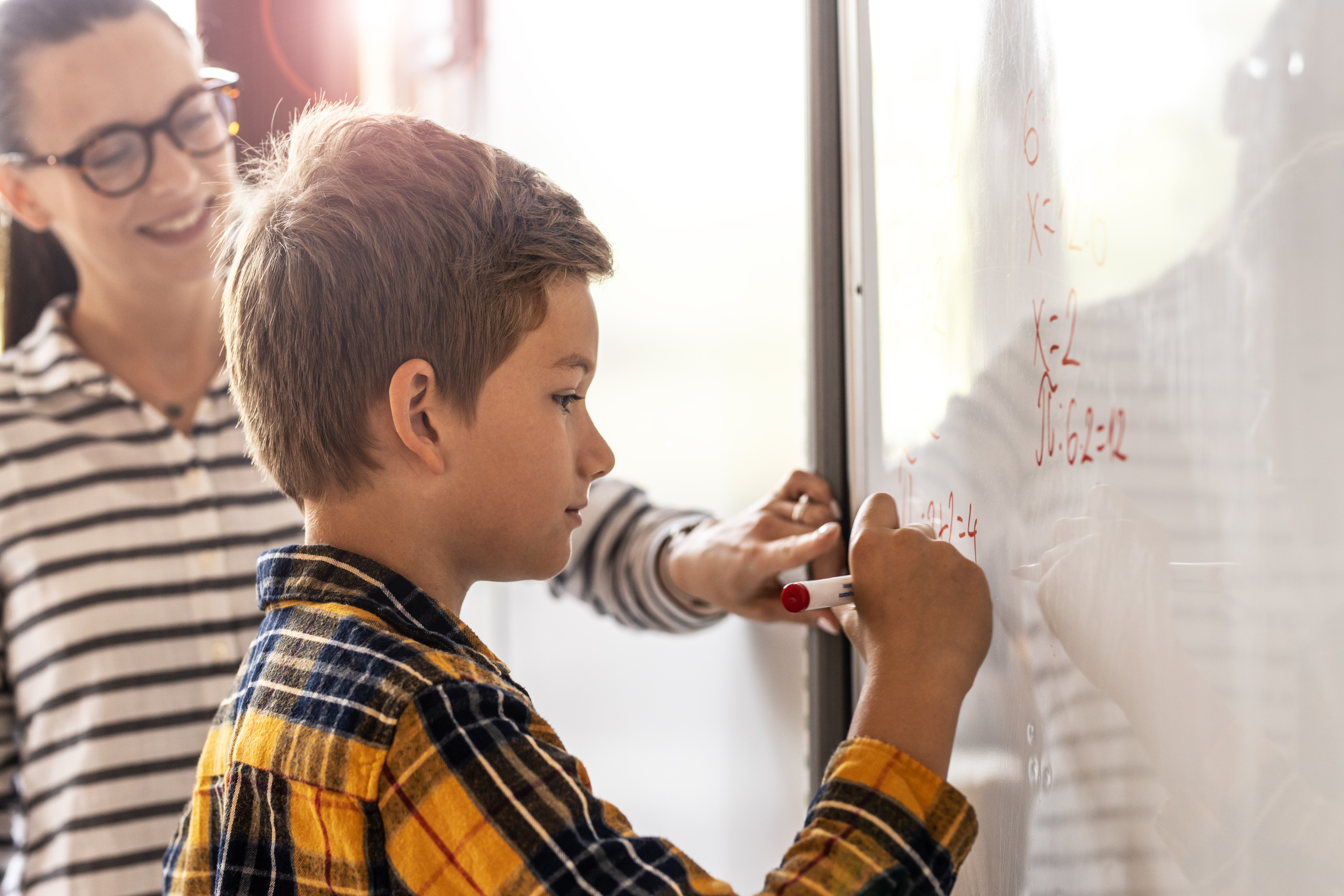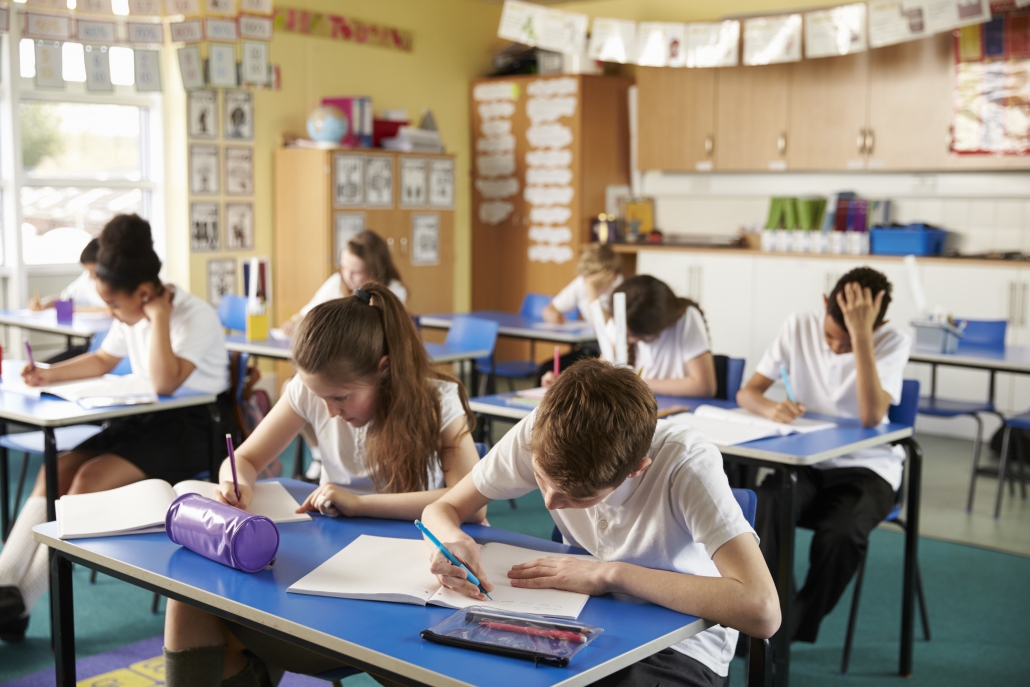Helping students with autism return to school
by Lucy Howchen on Mar 4, 2021

With the recent government announcement detailing a roadmap back to normality, schools are now busily preparing for students’ return next week. That’s why we must remain mindful of the challenges that lie ahead for our students with Autism and help make their transition as smooth as possible.
So what are the challenges that present in a school setting? And how can we facilitate a positive return to school for students? There are several things we need to consider:
-
-
Communicate with parents
-
Implement coping strategies
Planning these three points into the school’s reintegration plan should hopefully make the return to school for children with Autism that little bit less stressful.
Potential Challenges for students with Autism
Living with Autism can make a school setting an incredibly challenging environment for a student. It can induce high levels of stress and anxiety, with social challenges, sensory over-stimulation and frequent communication breakdowns, to name but a few. Imagine spending five days a week in an environment that leaves you feeling unsafe and distressed. This is the reality for students with Autism. They experience a constant battle between their fight, flight or freeze responses as a reaction to a stimulus that the brain recognises as dangerous.

Living in a pandemic over the past year has meant immense changes to how we live our everyday lives, which may have been distressing. With the ability to think logically and work towards a broader goal of a world where COVID is a distant memory, most of us can rationalise the experience.
For students with Autism, they have probably experienced changes in their family environment. They may be surrounded by more stress, grief and loss. Not only loss of people but potentially jobs, finances, social life and freedom. Given the genetic disposition associated with Autism Spectrum Condition (ASC), the family home may be a safe space for multiple occupants with ASC, making this further complicated and more difficult to tailor the home to everyone’s needs.

Throughout the pandemic, children have been exposed to news outlets portraying information or events that could be hard to understand due to age, diagnosis of ASC, their communication skills, or vocabulary. Students have adapted to new hygiene routines in every aspect of their lives which has been very stressful for some.
They may have reached a stage when they have learnt to manage their hypersensitivity in a school environment. Still, now it may feel like they have lost those skills, discovering an intolerance to the smell of sanitising products or the texture of face masks as a few examples.
Helping Students with Autism Return to School
Re-establish routines
Given their potential vulnerability, a requirement for students with an Education Health and Care Plan (EHCP), such as those with Autism, is that they have the option to remain in school throughout school closures. Students that have remained in the school setting may have a slight advantage in that they have a familiar routine.
Communicate with parents
Encourage parents or caregivers to speak openly with their children about the routines that will be implemented at school, whether familiar or new. After all, patterns or behaviours that are appropriate at home may not be at school. Education providers could prepare a visual resource that details the school’s routines, ensuring photos and direct instructions leave little need for abstract interpretation.

Involving the pupils’ parents is hugely beneficial to create a positive experience when returning to school. Parents are likely to be aware of triggers that school staff are not knowledgeable of and, therefore, an invaluable resource for understanding students behaviour. For this reason, you could use a communication book that goes between home and school to share information. Details of a student’s triggers and successful coping strategies
Implement coping strategies
Offer a safe space or retreat
A student’s window of tolerance to an overwhelming sensory environment may be smaller than it was before lockdown. That’s why it is vital to ensure they don’t encounter a negative school experience on their return. To overcome this, students should be offered a safe space to retreat to when necessary and only encouraged to return to the classroom when they feel safe to do so.
Use simple language
Considering the social and communication challenges that face these students, it will not come as a surprise that it is recommended to use literal, straightforward instructions. For example, make sure that students know in advance that they must remain two metres away from other students, or that they are required to sanitise their hands upon entry to the school and before and after lunch, rather than directing them to do so when necessary.
You can learn more about communicating with students with Autism in the Mable Academy module; Introduction to social communication disorders. There is also a fantastic blog from my colleague Bryony Rust on making your classroom communication friendly, which you can read here.

Use visual resources to help with expression and communication
When working with Autistic students in the counselling room, I often adopt a more visual approach to addressing emotions as this can be a struggle. Emotion cards can be an effective tool in offering a student a non-verbal way of communication, as well as colour charts that represent their mood. These tools can also offer a possible coping strategy for each emotion, by again presenting a visual representation of breathing exercises or a ‘time out’ zone.
While working with clients, I also encourage them to explore the physical changes in their body that precede these emotions. That way they can learn to recognise their personal indicators that they need to detach from to avoid an oncoming meltdown.
For children with Autism, given these tools and understanding, their own warning signs lead to a greater sense of control. In some cases a complete avoidance of entering the fight, flight or freeze response, making for a much less stressful situation. You can download free emotions cards here to help in these situations.

Educate others
Educating other students on the differences in people’s communication styles as a whole is an essential step to facilitating empathy in the classroom without isolating or labelling any students in the process. Armed with this knowledge, students may be more inclined to offer patience and can act as an ally and even an advocate.
- General mental health (36)
- General Speech & Language (31)
- Primary Schools (25)
- School Issues (25)
- Classroom Behaviour (24)
- Counselling (24)
- Anxiety (22)
- Absenteeism (21)
- Speech and Language Therapy (21)
- SENCOs (19)
- Safeguarding (18)
- Secondary & Sixth Form Schools (17)
- Social Communication (17)
- Funding (15)
- MATs (15)
- Generalised anxiety (14)
- Autism Support (11)
- Language Delay/Disorder (11)
- SEMH (11)
- Relationship Issues (10)
- AAC (7)
- ADHD Support (7)
- Speech Sounds (7)
- Autism (5)
- Hearing Impairment (5)
- Depression (4)
- Selective Mutism (4)
- Anger (3)
- Cleft Lip/Palate (3)
- Downs Syndrome (2)
- Phobias (2)
- Stammering (2)
- Loss (1)
- Self-Harm (1)
- Suicidal Thoughts (1)
You may also like
These related stories

Anxiety and Hyperactivity: A Teacher's Guide

Top-tips to start using Makaton signing in your classroom
